With climate change and environmental degradation becoming more prominent each year, the need for eco-friendly living is clearer than ever! Luckily, making your home greener doesn’t have to be a daunting challenge. In this blog post, we will discuss some simple ways that you can reduce your carbon footprint and make your home more sustainable with ease – from swapping out harsh cleaners for natural options to investing in solar energy.
With these easy habits and changes, you can create an eco-conscious household primed for sustainability without compromising style or comfort. So let’s get started: it’s time to live greener!
Why Green Living Matters
Green living is critical for the planet’s well-being.
The planet faces several environmental problems, such as climate change, deforestation, and pollution. Adopting an eco-friendly lifestyle can reduce your carbon footprint and help prevent further environmental damage. Simple changes like using reusable bags, reducing plastic waste, and opting for public transport or walking instead of driving can substantially impact your carbon footprint.
Green living can benefit your mental and physical health.
Studies have shown that exposure to nature can reduce stress and anxiety levels, leading to better mental health. Eco-friendly homes that use natural light and green décor can improve mental and physical well-being. Also, eating organic, locally-sourced food can improve your heart and brain health and reduce the risk of chronic diseases.
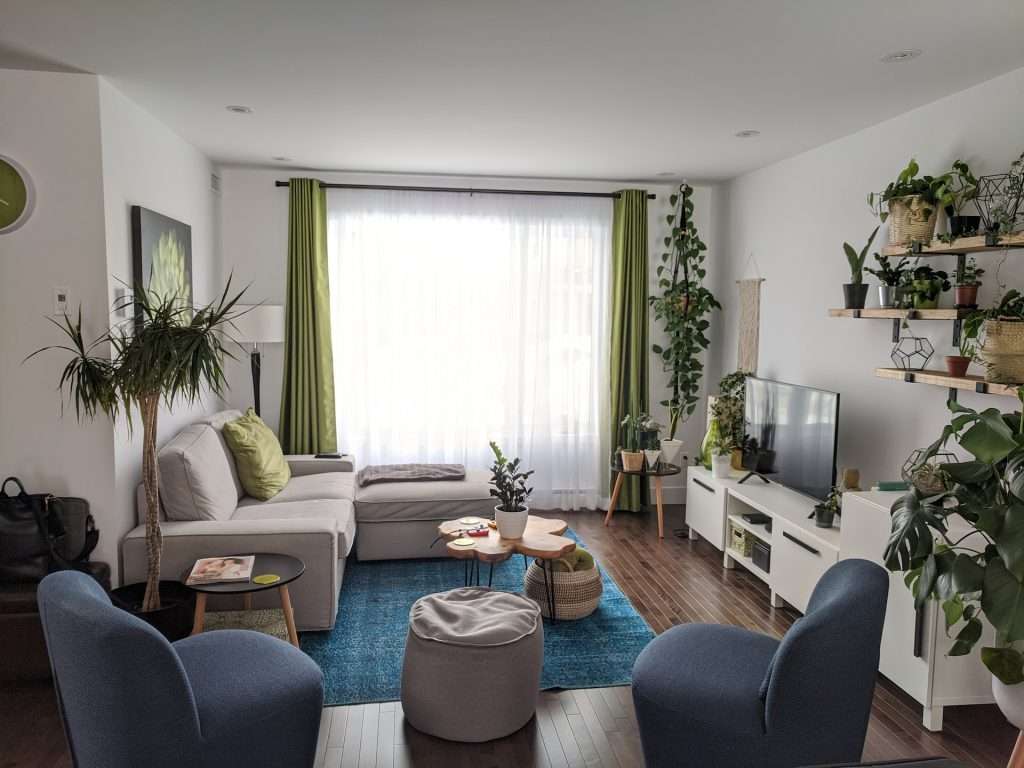
Green living can save you money.
Adopting an eco-friendly lifestyle can be cost-effective in the long run. For example, investing in energy-efficient appliances such as LED light bulbs and cycling instead of driving can save you money on utility bills and petrol costs. Also, buying second-hand clothes or repairing them rather than purchasing new ones can save you money and reduce waste.
Governments and businesses are taking notice.
Green technology and sustainable living are increasingly urgent priorities for governments and businesses. Countries worldwide invest in renewable energy, and many companies implement sustainable business practices. By living an eco-friendly lifestyle, you can join the growing movement and help create a better future for the planet.
Green living is easy to adopt.
Many people are intimidated by the prospect of adopting an eco-friendly lifestyle. However, minor changes to your daily routine can significantly impact the environment without disrupting your lifestyle. Simple solutions such as using a reusable coffee cup, taking shorter showers, and turning off appliances when not in use are all easy adjustments.
Reducing Your Energy Consumption
Unplug Unused Electronics
Electricity usage from electronics that remain plugged in but not in use is often called “vampire energy.” Unplugging them when not in use can considerably reduce energy consumption. Studies from the Lawrence Berkeley National Laboratory show that reducing vampire energy savings can add up to 6 per cent yearly savings on your energy bill. Therefore, it is helpful to avoid unplugging appliances and electronics when they are not in use.
Upgrade Lighting
Incandescent bulbs release approximately 90% of their energy as heat, which is unsuitable for energy conservation. As a result, replacing those bulbs with LED lights can create substantial energy savings over the long term and reduce heat levels during the summer months. According to energy.gov, LED bulbs use nearly 75% less energy than incandescents and are rated to last 25 times longer.
Adjust Your Thermostat
Lowering your thermostat a few degrees in winter and raising it a few in the summer can result in significant energy savings. Set the temperature between 65 to 68 during the winter and 75 to 78 during summer days. You can save an average of 1% on your energy bill for each degree you reduce during the winter.
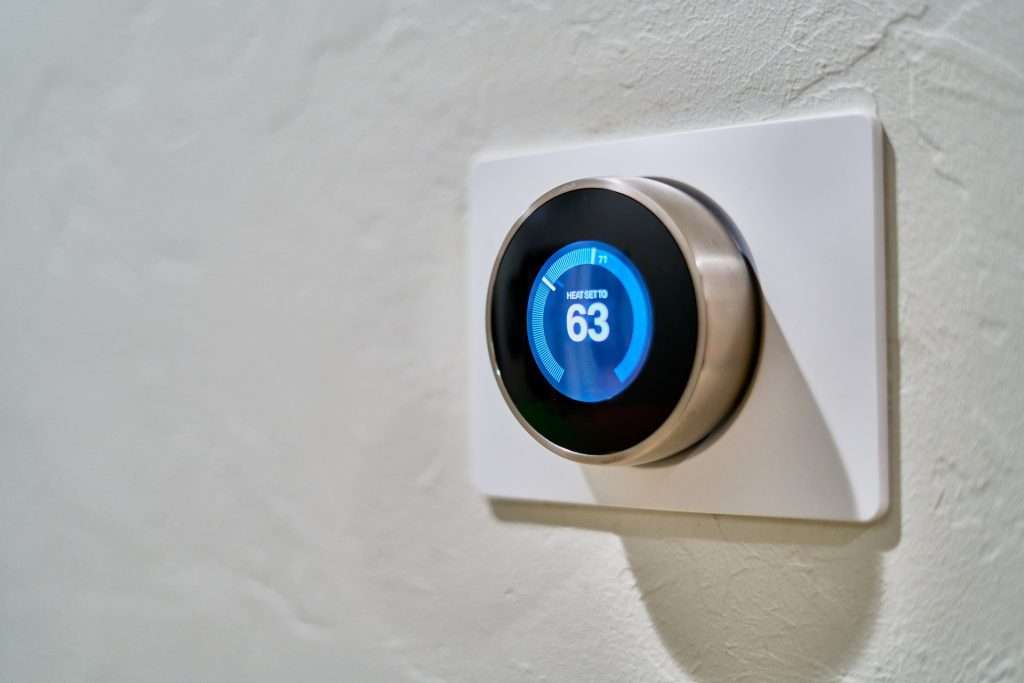
Choosing Sustainable Materials for Your Home
Understanding Sustainable Materials
The first step in choosing sustainable materials is to understand what it means. Sustainable materials are those that are made from renewable resources or recycled materials. There are several sustainable materials, such as bamboo, cork, natural stones, and reclaimed wood.
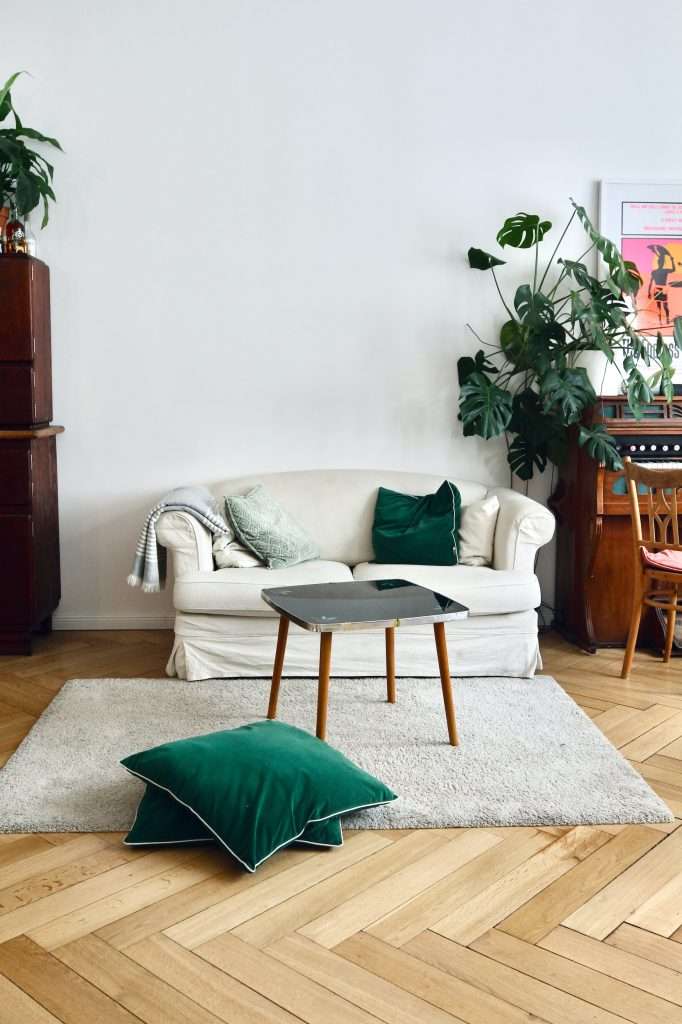
Eco-Friendly Furniture
Sustainable materials can also be chosen for furniture, as furniture is often the focal point of any living room. Look for pieces made from sustainable materials such as reclaimed wood, cork, natural rubber, or wool. These materials are all biodegradable and can be recycled or repurposed once they have served their purpose.
Flooring and Walls
Flooring and walls can also be made from sustainable materials for an environmentally friendly home design. These materials include cork flooring, bamboo, clay plaster, and hot-rolled steel. Using eco-friendly materials on walls and flooring contributes to your home’s sustainability and provides a unique aesthetic.
Sustainable Insulation
Another thing to consider when it comes to sustainable materials is insulation. Proper insulation can significantly reduce energy costs, and choosing eco-friendly materials minimizes your home’s carbon footprint. Materials such as cotton, straw, and recycled denim can all be used for insulation.
Simple DIY Projects for an Eco-Friendly Home
Create a compost bin
Instead of throwing away your food waste, why not create a compost bin? Composting is the process of breaking down organic material into nutrient-rich soil that can be used to help plants grow. You can create a compost bin by using a container with a lid, drilling holes in it for ventilation, and filling it with food waste and other compostable items such as leaves, grass clippings, and paper products.
Install low-flow showerheads
Installing a low-flow showerhead can reduce the amount of water you use while taking a shower. It can help you save money on your water bill and conserve precious resources. Low-flow showerheads can be found at most home improvement stores, and they’re easy to install.
Use natural cleaners
Chemical cleaning products can be harsh on the environment and your health. Instead, make your natural cleaners using vinegar, baking soda, and lemon juice. These ingredients are affordable, easy to find, and safe to use.
Grow your own food
Growing your food can help reduce your carbon footprint by reducing the energy needed to produce and transport food. You can start with a small container garden or dedicate space in your yard for a vegetable garden. Not only can it help you save money on groceries, but it’s also a fun and rewarding activity.
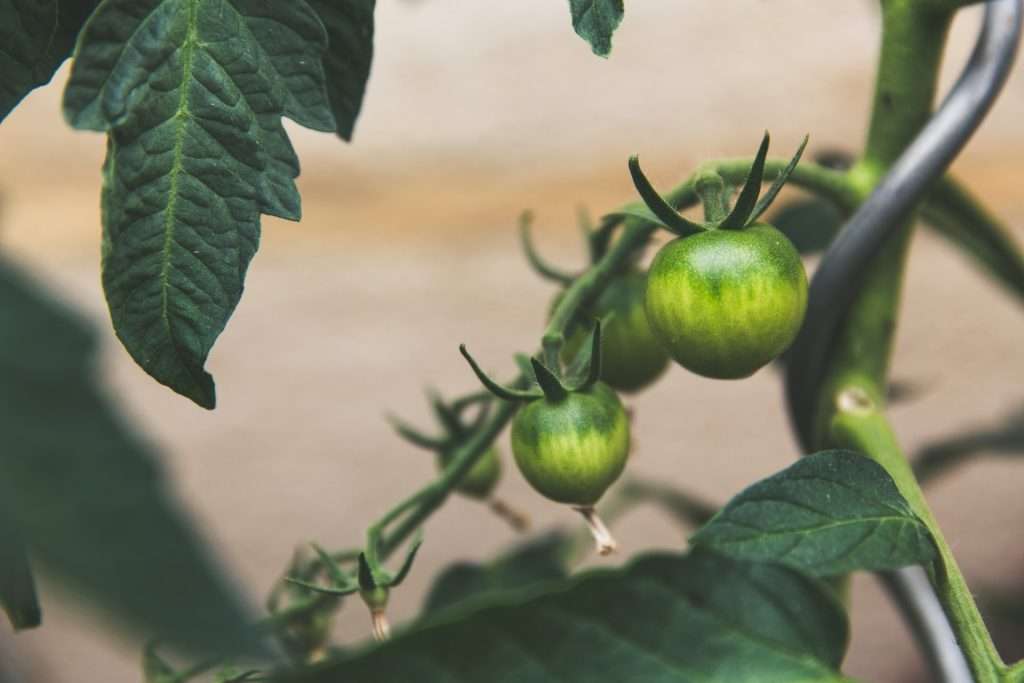
How to Make Your Home More Energy-Efficient
Opt for Energy-Efficient Appliances
When buying electronic appliances for your home, check the Energy Star rating. Energy Star-rated appliances are designed by the US Environmental Protection Agency (EPA) to use less energy than other appliances. You’ll save money on your electricity bills by choosing Energy Star appliances.
Proper Insulation
Properly insulating your home will help regulate the temperature inside your home. This means you won’t rely on your HVAC system as much to keep your home warm or cool. If your home is adequately insulated, you could consider a smaller HVAC system, saving you money in the long run. Another way to increase energy efficiency is through the use of energy-efficient doors. These doors are designed to keep the elements out, insulate the home’s interior, and reduce drafts.
Solar Panels
If you have the budget, consider installing solar panels to generate electricity. Solar panels can provide up to 100% of your home’s electricity needs, and excess electricity can be sold back to the grid, which might bring down your energy costs.
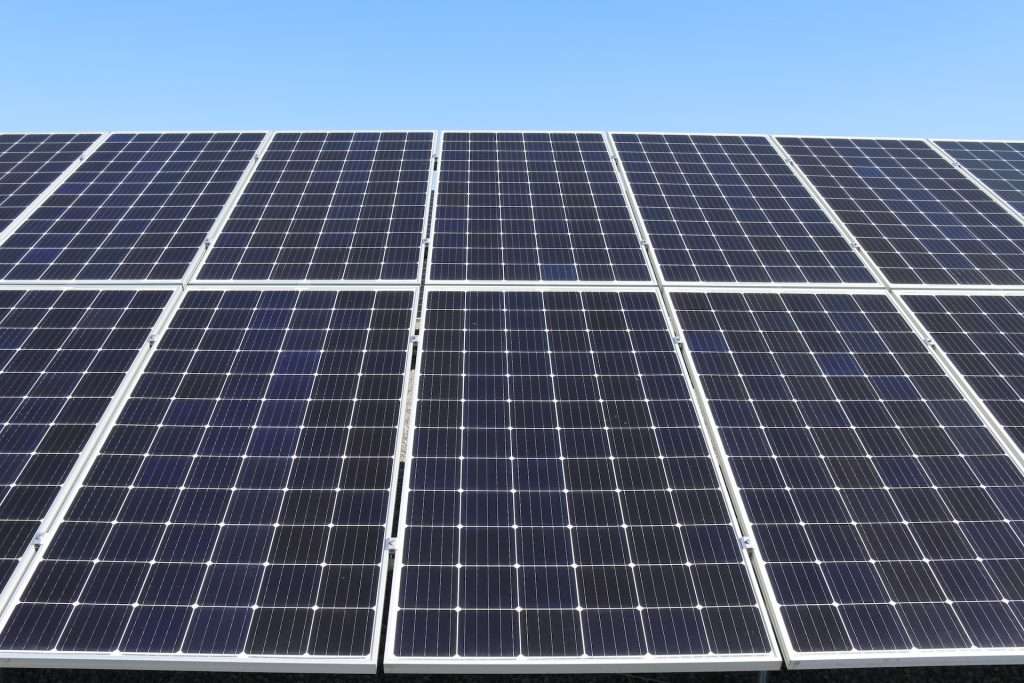
Double-Pane Windows
Double-Pane Windows have two panes of glass filled with gas between them that insulate the windows. This helps regulate room temperature, wastes less heat, and makes the house quieter. This way, you don’t have to rely on heating systems as much, saving you more money.
Eco-Friendly Cleaning Tips
Use Natural Cleaning Products
Most of our cleaning products contain toxic chemicals that are hazardous to our environment. Instead, you can switch to natural cleaners from natural ingredients like vinegar, baking soda, and essential oils. These cleaners are not only safe for our environment but are also non-toxic and safer for our health.
Opt for Reusable Cleaning Tools
Using disposable cleaning tools like paper towels and wipes is not only expensive, but they also harm the environment. You can switch to reusable cleaning tools like microfiber cloths and sponges. These tools are not only eco-friendly but are also durable, which means you can use them repeatedly.
Use Water Efficiently
Water is a precious resource, and we should use it responsibly. You can save water by turning off the tap while brushing your teeth or shaving. You can also consider investing in water-efficient appliances like washing machines and toilets, which can save several gallons of water.
Plant Some Indoor Plants
Indoor plants add a natural touch to your home and help improve indoor air quality. They absorb toxins like formaldehyde, benzene, and ammonia present in the air, making them fresher and cleaner.
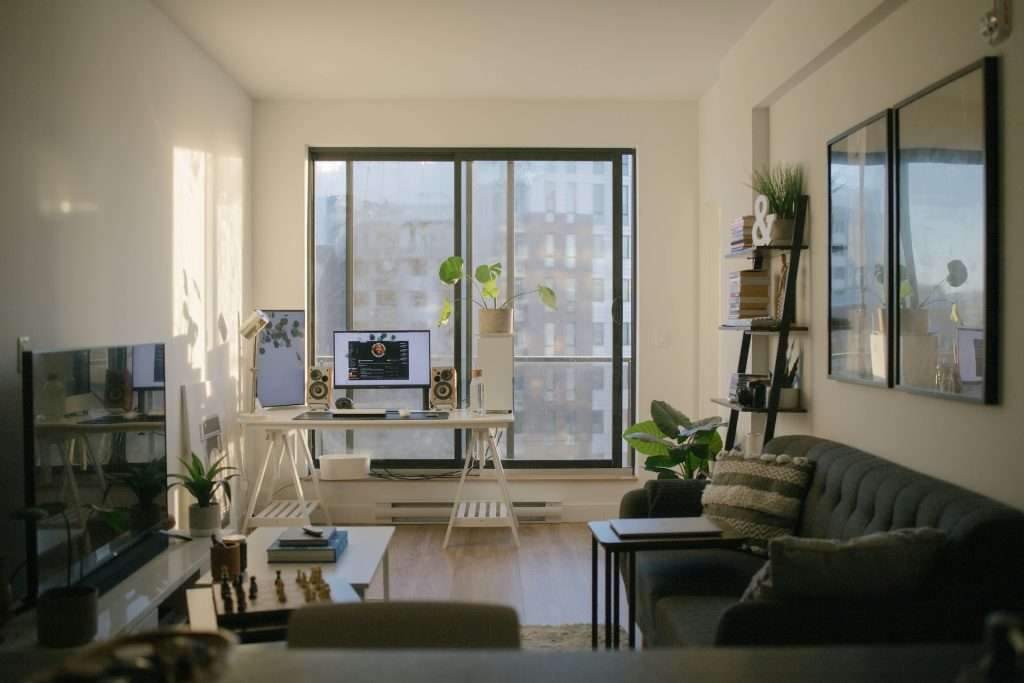
Upcycling and Repurposing Household Items
Upcycling is taking an old, used, or unwanted object and turning it into something new and valuable. Instead of throwing away items such as glass jars, boxes, or even clothing, it’s possible to upcycle them into something with a new purpose. These items can be transformed into something new and creative, such as a decorative vase, bird feeder, or storage container. Upcycling is an excellent way to reduce waste and save money while allowing individuals to explore their creativity and make something unique from seemingly useless items.
In addition to upcycling, repurposing or reusing items is also an effective way to achieve a more sustainable lifestyle. Repurposing is taking something originally designed for one purpose and transforming it into something new and useful. Items such as old furniture, tires, and pallets can be repurposed into useful items such as outdoor seating, planters, or a bookshelf. Repurposing items can be a fun and creative way to give new life to something that would have otherwise ended up as waste.
Landscaping for a Sustainable Home
Landscaping for a sustainable home is essential for homeowners who want to reduce their carbon footprint and create beautiful outdoor spaces. Creating a luxurious backyard oasis is achievable through sustainable landscaping practices that can provide practical and environmentally friendly solutions. One way to incorporate sustainable elements into your backyard is by using drought-resistant plants that require less water and maintenance. These plants can significantly reduce water usage and provide a lush, green landscape.
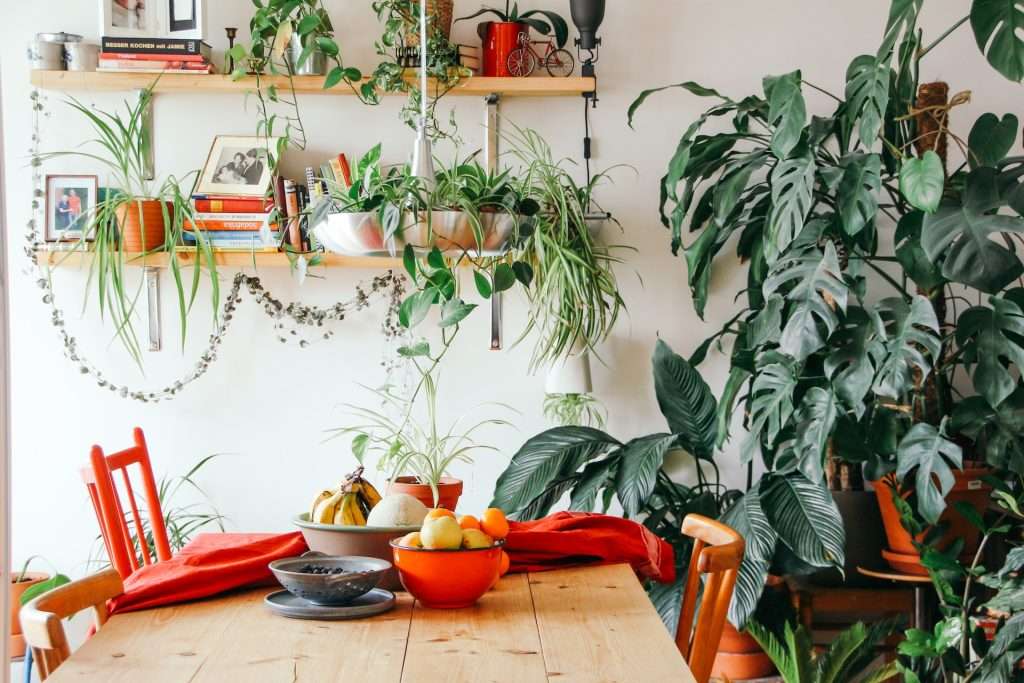
Another way to create a sustainable backyard oasis is by installing a rainwater harvesting system that captures, filters, and stores rainwater for later use. This will provide ample water for your plants and reduce runoff. Renewable materials such as wood, bamboo, or recycled metals for garden furniture and decor can help create a more eco-friendly outdoor space. By incorporating these sustainable landscaping practices, you can create a beautiful, luxurious backyard oasis while also helping to protect the planet.
Choosing the Right Appliances
Energy-efficient Refrigerators
Refrigerators are one of the most significant energy consumers in your kitchen. Investing in an energy-efficient model can help you save up to 30% of energy consumption. Look for refrigerators with an Energy Star rating, which indicates an energy-efficient model. Also, consider models with adjustable shelves, temperature control, and additional features such as door alarms to make your refrigerator more sustainable.
Induction Cooktops
If you are looking for a greener option for cooking, induction cooktops are an excellent alternative to conventional gas stoves. Induction cooktops work on electricity instead of gas, and they only heat the cookware’s base, making them more energy-efficient. Additionally, these cooktops don’t emit harmful gases, making them safer for your family and the environment.
Energy-efficient Dishwashers
A dishwasher can save much energy and water compared to washing your dishes by hand. However, not all dishwashers are created equal, and some are more energy-efficient than others. Look for dishwashers with an Energy Star rating and models with soil sensors to determine the cleaning level of your dishes. Additionally, consider dishwashers with a half-load or cycle delay option to maximize your dishwasher’s efficiency.
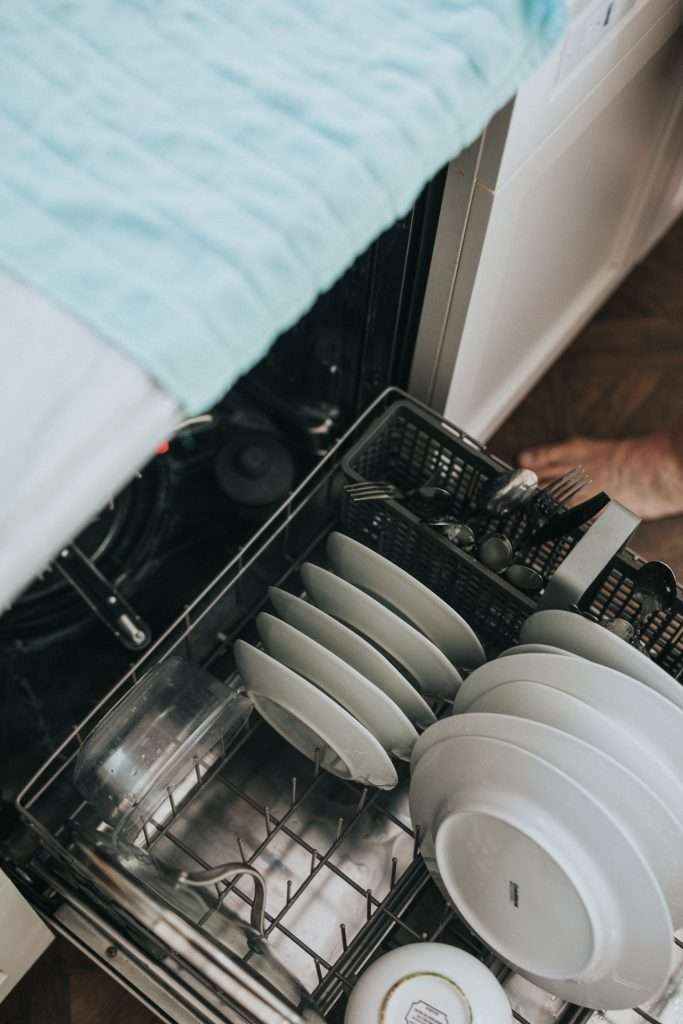
Front-Loading Washers
Front-loading washers are more energy-efficient than top-loading models as they use less water, energy, and detergent. They are also more gentle on your clothes and achieve a better clean. Look for models with an Energy Star rating, and consider the load capacity for maximum efficiency. Additionally, consider models with additional features, such as steam cleaning and temperature control for sustainability.
Understanding Labels and Certifications
Energy Star
The Energy Star certification is among the most well-known and widely used labels for energy-efficient products. It was created by the US Environmental Protection Agency (EPA) to identify products that use less energy than standard models while still delivering the same or better performance. Energy Star-certified products can help you save money on electricity bills and reduce your carbon footprint.
Fairtrade
If you’re concerned about ethical sourcing and fair labour practices, look for the Fairtrade certification. This label guarantees that the product was produced and traded in a way that meets strict social, economic, and environmental criteria. It ensures fair prices for producers, safe and healthy working conditions, and the protection of natural resources.
Forest Stewardship Council (FSC)
Purchasing items made from wood or paper can contribute to deforestation and habitat destruction. To combat this, the Forest Stewardship Council (FSC) was created to promote the responsible use of forest resources. The FSC certification guarantees that the wood or paper product was sourced from forests that are managed sustainably and responsibly, preserving biodiversity and supporting local communities.
Global Organic Textile Standard (GOTS)
Clothing is a product that many people don’t realize can significantly impact the environment. The Global Organic Textile Standard (GOTS) certification ensures that textiles, apparel, and home goods are made with organic fibres and produced using environmentally sound processes. It also ensures that fair labour practices are used in production.

Certified B Corporation
A Certified B Corporation is a business that has rigorously evaluated its social and environmental impact and financial performance. B Corps must meet high transparency, accountability, and performance standards to use business as a force for good. Look for the B Corp certification when choosing where to shop and spend your money.
Conclusion
Creating a sustainable home is an important step towards protecting the planet. From upcycling and repurposing household items to landscaping for sustainability, choosing eco-friendly appliances, and understanding labels and certifications, you can green your home in many ways. Making conscious decisions when shopping for products or renovating your space can make your home beautiful and eco-friendly. With these tips, you can impact the environment while creating a comfortable and sustainable home.









